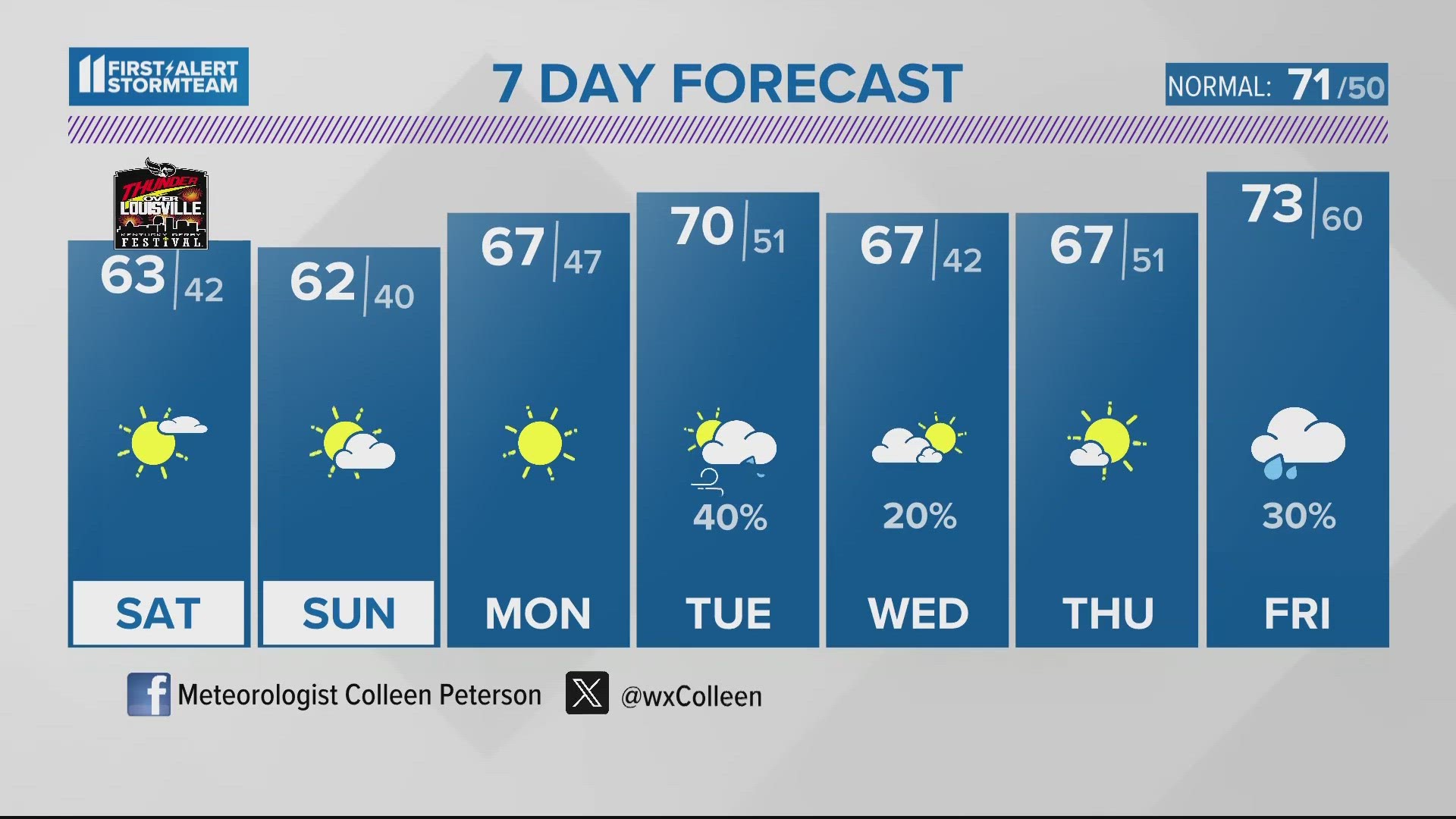You may have seen this Farmer's almanac map of the upcoming winter outlook floating around social media. It is scary. Cold and Snowy! Freezing! Chilled to the Bone! NO! It is still summer! Who wants that?
Share.

That is the point. It is meant to get a rise out of you. Before we breakdown the alleged accuracy of the Farmer's Almanac lets talk about what is going on here a little bit.
The first thing you would do is find your state and the flashy words associated with it. Lets look at some of these.
Numbing Cold, Ice Cold, Snow Filled, Balmy, Chilled-to-the-Bone, Penetrating Cold. What do any of those even mean? Which phrase is colder, Numbing Cold, Ice Cold, or Chilled-to-the-Bone? They are just words thrown on a map to broad brush a forecast for a large region.
That is the next point. The regions. Will Kentucky have similar weather to Wisconsin and Michigan? Highly unlikely. More on that later.
Let us dig into the their claims. First they say their forecasting technique was developed in 1818. Forecasting has come an incredibly long way with the invention and advancement of computers. Something the Farmer's Almanac says they do not use. Think about how far technology has come in 10 years let alone 200. Because of this technology you expect an hour by hour breakdown of your day and a forecast that goes out 10 days.
They offer a full breakdown of the forecast month by month and by region, but you have to buy the book for that. They also say they are 80-85% accurate and give a break down of some of the previous winters. So lets take a look.
We will start with last year and go backwards.
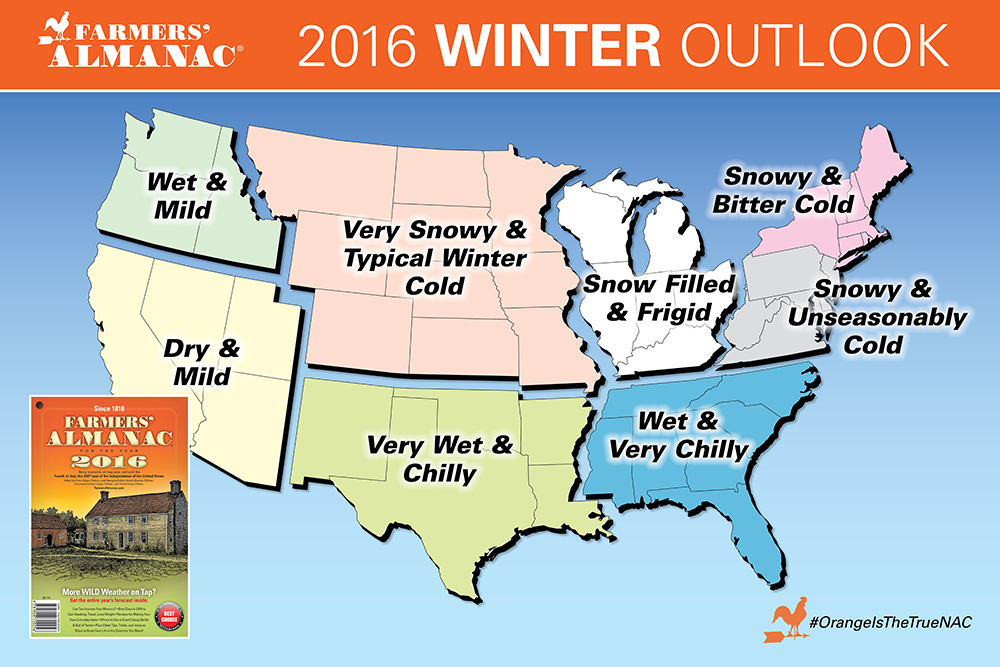
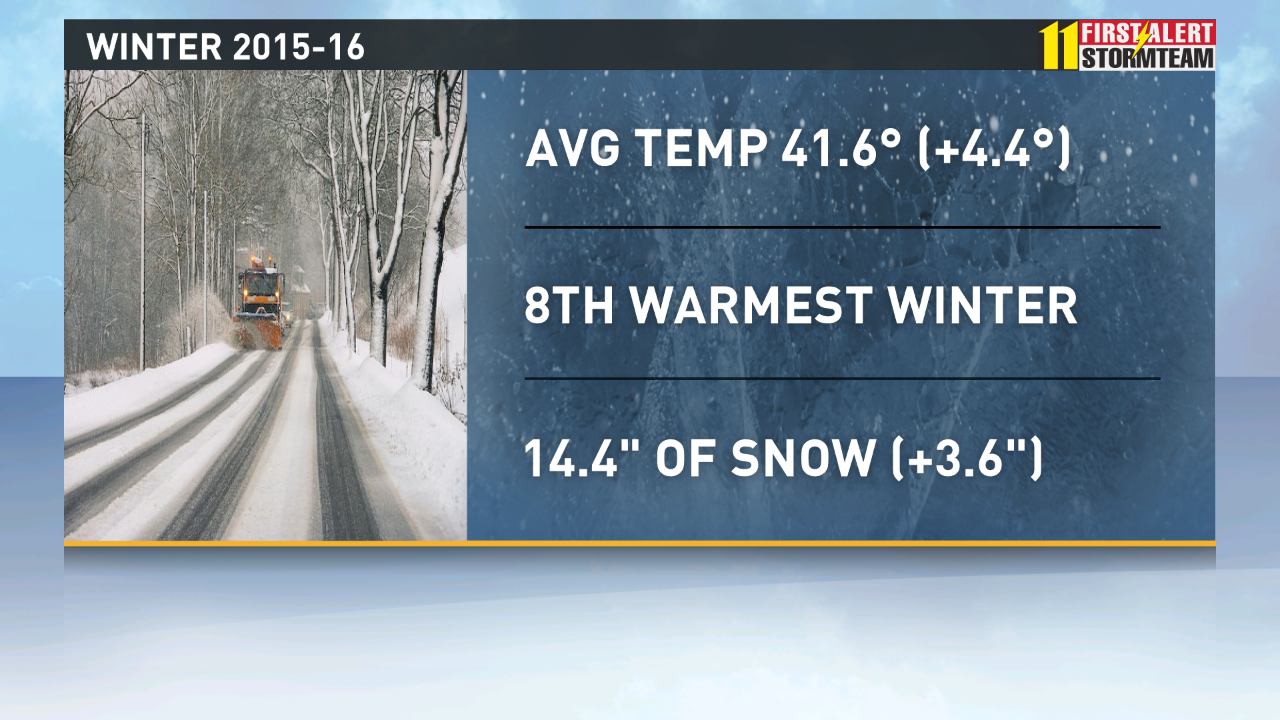
First we are going to define winter as Meteorological Winter, or the months of December, January, and February. This is done for easier record keeping.
Last year's seems to be a little more direct with their word choice. Either way this one is simple. For our area the forecast was for "Snow Filled and Frigid". We had the 8th warmest winter on record and were pretty average for snow.
Strike one.
They did claim to be accurately predict a February 24-25th snow storm.
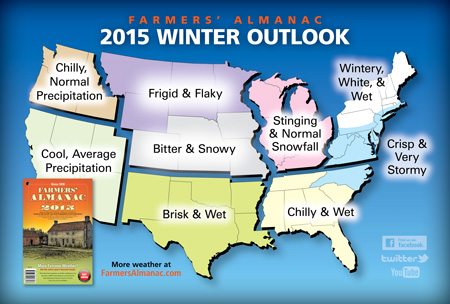
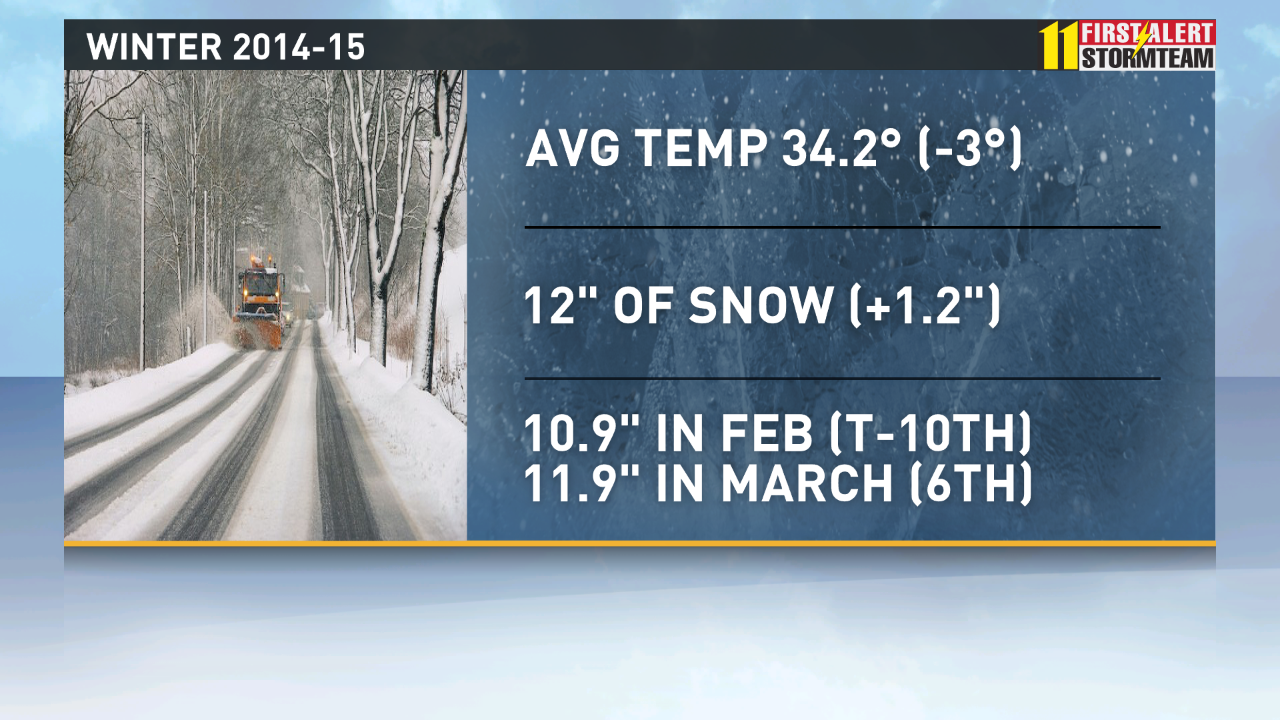
The year before called for "Stinging and Normal Snowfall". I can't say I know what stinging means but normal is pretty easy to break down. We were a little cold this season ending up 3 degrees below the seasonal average.
Their accuracy breakdown doesn't mention snowfall for the season and maybe this is why. If we only include December to February then the "normal" would be accurate, however just a few days into march we were hit with nearly a foot of snow making it the 6th snowiest March on record. February was tied for the 10th snowiest and if we add the March snowstorm to the winter total it would have put us at the 9th snowiest season on record.
Strike two.
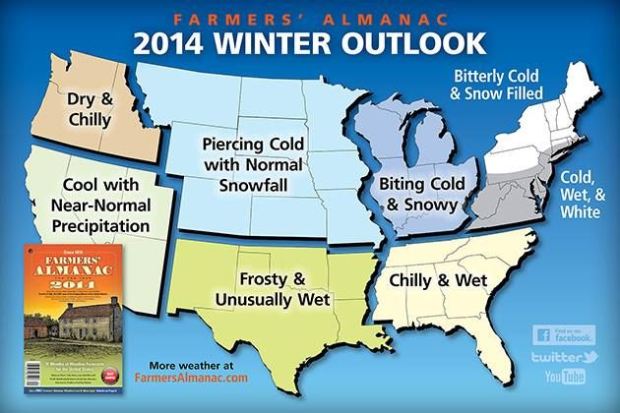

This was the infamous "Polar Vortex" year. Their buzz words did accurately hit on the colder winter since we were almost 4 degrees below average. It calls for a "snowy" winter but again, what does that really mean? I would call snowy an understatement considering we almost doubled our seasonal average.
They do use the "Normal Snowfall" label just to the west of us and since again that is something we have a concrete number on, we can make a judgment.
I picked three cities to hit each end of the region. First St. Louis, Missouri and Grand Forks, North Dakota. Like us, they were close to double their seasonal averages. However, Denver, Colorado was actually below average for the winter. A point to why you can not just broad brush an entire region with a couple of words.
Strike three.
Their breakdown hits hard on their prediction of the "Polar Vortex" and they also claim victory over a post Super Bowl snowstorm on the northeast.
This year they are calling for a February 16th-19th snowstorm that could bring 1-2 feet of snow for the east coast. We shall see.
The Farmer's Almanac may have some valuable information in it but broad, scary, winter forecasting isn't one of them. Since this is what typically goes viral, it has to be addressed.
So what will happen for our area? Honestly, it is a little too early to say. It is STILL Summer! Later in the Fall we will bring you our winter outlook like we have in previous years. Until then, let's not worry about something that is at least three months away.


